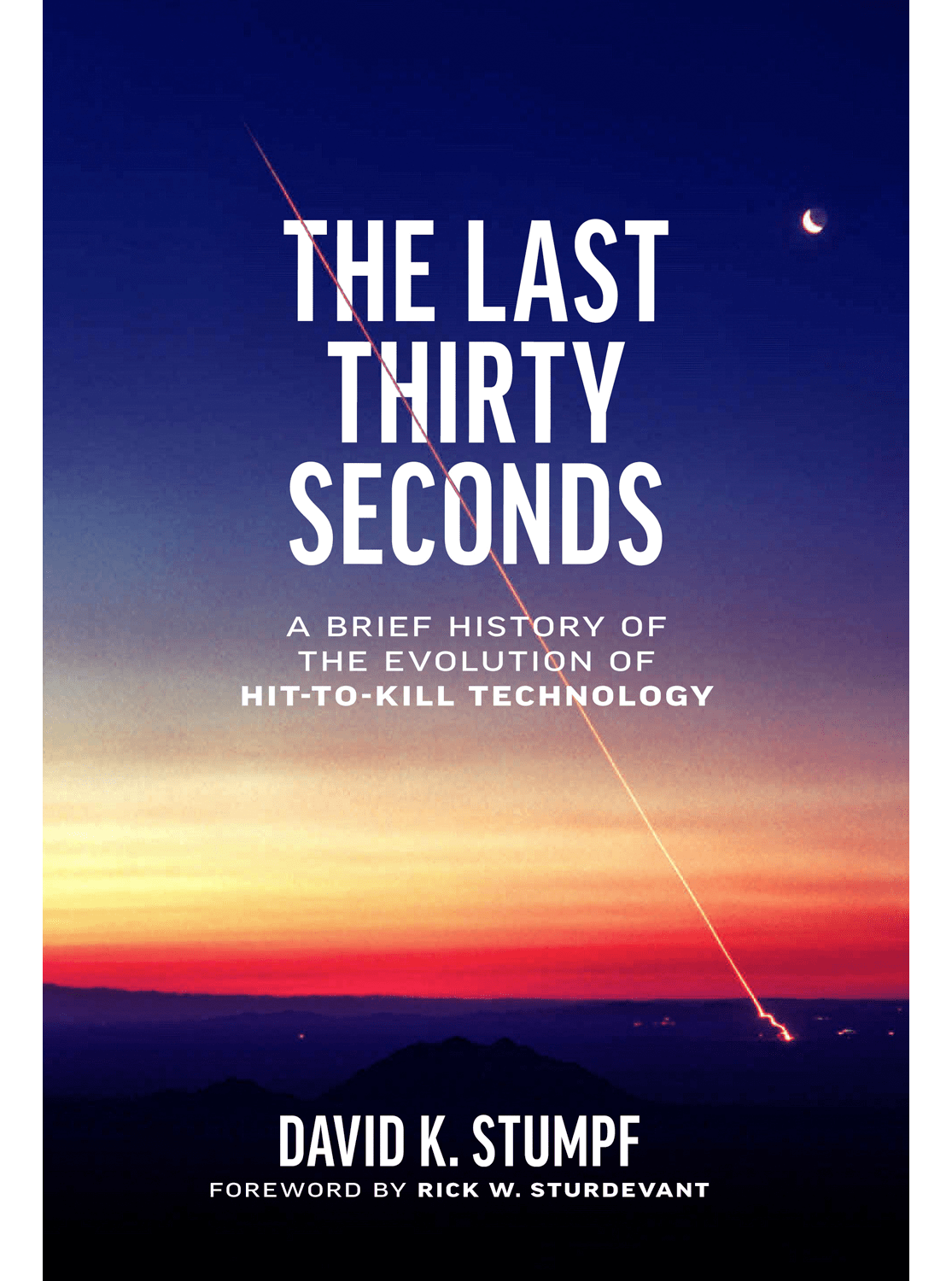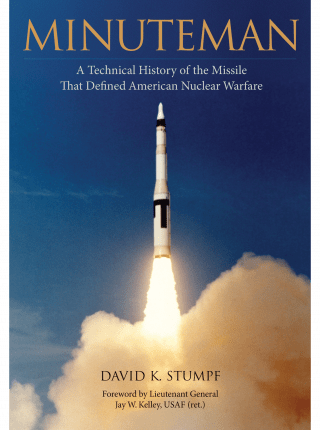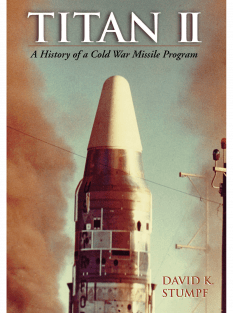In March 1983, as the world’s superpowers continued aggressively stockpiling nuclear weapons, President Ronald Reagan described his vision for a world no longer confronted with the concept of mutually assured destruction. A year later the Strategic Defense Initiative was established, followed soon after by the creation of the Strategic Defense Initiative Organization (SDIO). The SDIO was tasked with the development and coordination of missile technologies designed for the strategic defense against civilization’s most dangerous invention, one that carried with it the threat of nuclear destruction—intercontinental ballistic missiles.
In The Last Thirty Seconds: A Brief History of the Evolution of Hit-to-Kill Technology, David K. Stumpf details the development of one of many possible solutions for ballistic missile defense commonly known as hit-to-kill. Hit-to-kill is a nonnuclear technique using kinetic energy, rather than explosives, to destroy reentry vehicles carrying chemical, biological, or nuclear warheads. It is the centerpiece of the United States’ current ballistic missile defense systems and has proven invaluable in the conflict between Ukraine and Russia as well as in the ongoing conflict with the Houthi rebels in the Red Sea. While much of the subject remains classified, this detailed study will be welcomed for its substantial references and the inclusion of newly declassified material.
David K. Stumpf is a retired plant biochemist living in Tucson, Arizona. He was a tour guide and volunteer historian at the Titan Missile Museum, Site 571-7, in Sahuarita, Arizona, for fifteen years and was instrumental in the museum’s being awarded National Historic Landmark status. He is the author of Growler and Grayback: Two of a Kind, Regulus: The Forgotten Weapon, Titan II: A History of a Cold War Missile Program, and Minuteman: A Technical History of the Missile That Defined American Nuclear Warfare.
“The exceptional research and narrative style of this technical history is masterful. Essential to libraries, engineers, and historians interested in missiles and the Cold War.”
—R. Ray Ortensie, deputy director of the History and Heritage Directorate, Air Force Materiel Command
“David Stumpf exhibits the highest level of diligent research. He shares a fascinating tale of an amazing achievement and the persistence needed to translate an idea into a reality.”
—Rick Sturdevant, command historian, STARCOM, United States Space Force
“Accurate and objective. Contributes a body of knowledge and a collection of primary documents that are otherwise inaccessible or unavailable to a public audience.”
—Scott Bailey, deputy director, Space Operations Command History Office, United States Space Force
Foreword by Rick W. Sturdevant
Preface
Acknowledgments
Introduction
Ballistic Missile Defense Abbreviations
01. Defending America from Ballistic Missile Attack
02. Defining the Major Challenges
03. Project Defender from Bambi to Arpat
04. The Key Technology
05. Early Proof of Concept
06. The Path to Patriot Advanced Capability 3
07. The Path to Aegis
08. The Path to Ground-Based Interceptor
09. The Path to Theater High Altitude Area Defense
10. Constant Improvement
11. Antiballistic Missile Target Launch Vehicles
Epilogue
Notes
Bibliography
Index



